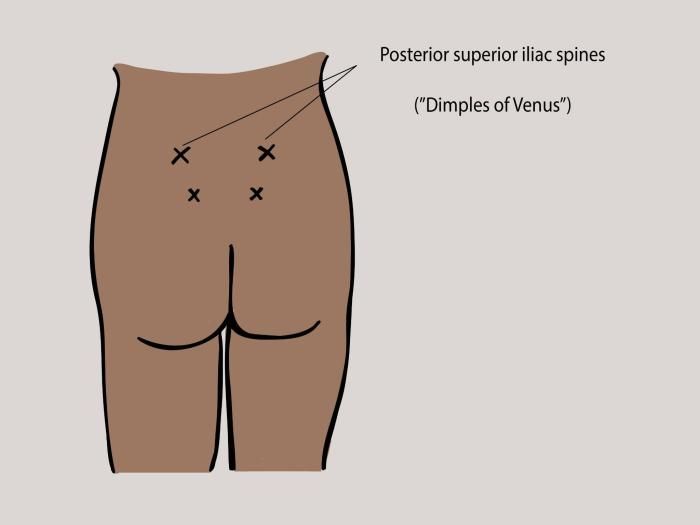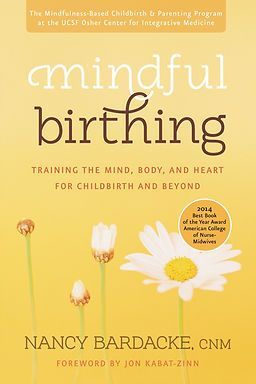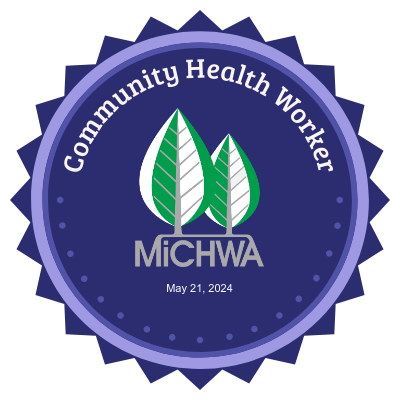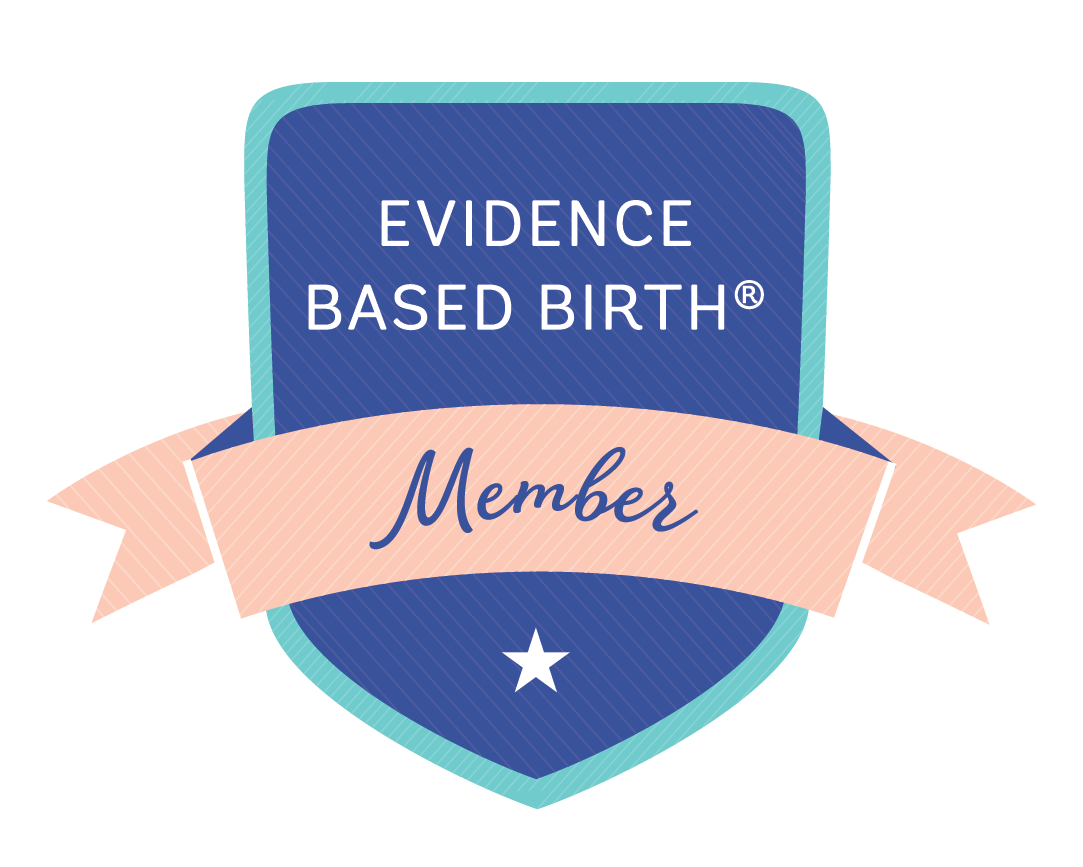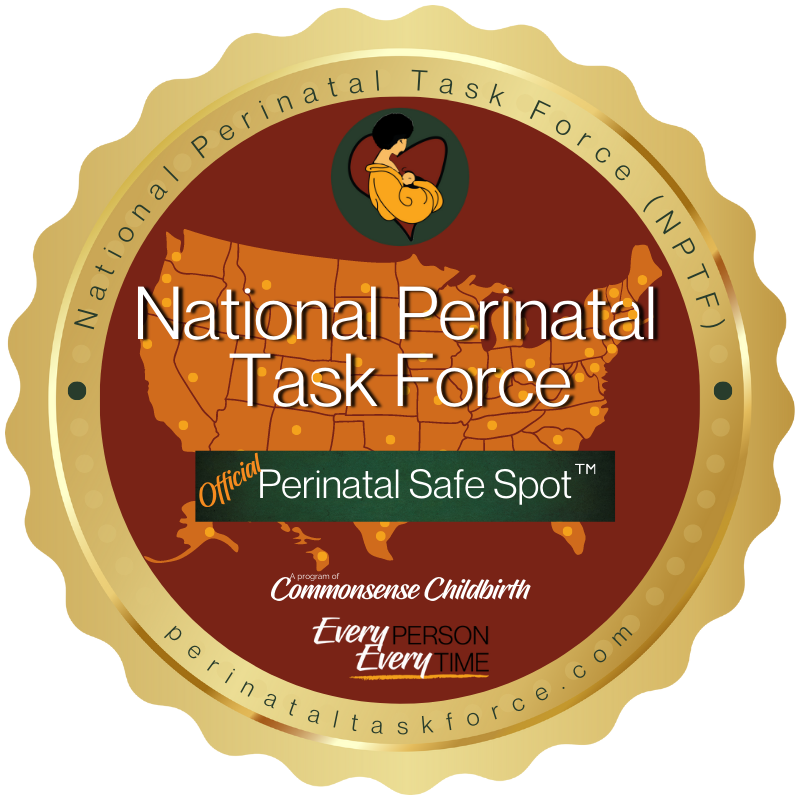Sterile Water Injections: A Natural Option for Back Labor Relief
What are SWI's (Sterile Water Injections)?
When labor pain radiates into the lower back—sometimes called “back labor”—it can feel intense and unrelenting. Many birthing people want alternatives to medications like opioids or epidurals. One lesser-known but powerful option? Sterile water injections (SWIs).
Used around the world and increasingly available in the U.S., SWIs are a low-risk, drug-free way to ease back labor pain—especially when other options feel limited or out of reach.
What Are Sterile Water Injections?
Sterile water injections involve placing four small amounts (0.1–0.5 mL) of sterile water just under the skin in the lower back (specifically, near the Michaelis Rhomboid area).
This produces a short, intense stinging sensation (lasting 20–30 seconds) that is then followed by natural pain relief lasting up to 90–120 minutes. The science behind it is called Diffuse Noxious Inhibitory Control (DNIC)—in simple terms, the brain gets a new signal that overrides the intense back pain with your body’s own endorphins.
Learn more on Medical News Today »
View a demonstration and protocol diagram from NCBI »
How Effective Are They?
Research-backed: Multiple studies and reviews—including a 2009 meta-analysis—show significant pain relief benefits from SWIs.
Safe: No medications are used, and there are no known side effects beyond the brief sting and a potential small bump at the injection site.
Repeatable: Relief can be felt within 1–3 minutes, and the procedure can be repeated every 30 minutes if needed.
PubMed Study – “Sterile water injections for back pain in labor”
Recent global research on maternal satisfaction
Is This Available in U.S. Hospitals?
The short answer: sometimes, yes.
Sterile water injections are not yet a universal offering in hospitals, but many midwife-led practices, freestanding birth centers, and forward-thinking OB teams do offer them.
Hospitals that prioritize physiologic birth, low-intervention care, or midwifery support are more likely to include SWIs in their pain relief toolkit.
In Detroit, MI, individual providers at institutions like Henry Ford Health, Beaumont, and DMC Hutzel Women’s may offer SWIs—but protocols vary and are often under midwifery or OB discretion.
How Doulas (and Birthing People) Can Collaborate with Providers
If you’re a doula, childbirth educator, or an expecting parent:
✅ Start the Conversation Early
“Do you offer sterile water injections for back pain during labor?”
Ask this during prenatal visits or birth plan discussions. If a provider hasn’t used them before, share a link or research article.
✅ Bring Evidence to the Table
Offer these credible sources:
Sterile Water Injections: An Overview – Dr. Sara Wickham
ACOG Nonpharmacologic Approaches to Pain Relief in Labor
✅ Suggest a Trial or Backup Option
If your provider is unfamiliar but open-minded, you might suggest:
“Could we try it if back pain becomes a concern during labor? If not, is there someone on your team who’s trained?”
✅ Document It in the Birth Plan
Include a short sentence:
“If available, I would like to explore sterile water injections as a non-pharmacological option for back labor relief."
✅ Know Who Can Administer
Sterile water injections must be administered by licensed professionals (OBs, midwives, RNs) using sterile technique. Doulas cannot legally perform the injections, but you can advocate, explain, and provide informed support.
Final Thoughts
Sterile water injections are an empowering, evidence-based tool that too few people know about. If you’re hoping for a natural birth—or want to add another comfort measure to your toolkit—they’re absolutely worth exploring.
As a doula, I’m committed to making sure my clients know every option available to them—from acupressure and breathwork to epidurals and injections like these.
🌟 The more we ask for these options, the more accessible they’ll become.
Want to Learn More?
I regularly share birth education, advocacy tips, and comfort measures on my blog and in my prenatal sessions. Reach out if you’d like to:
Include sterile water injections in your birth plan
Talk through non-medicated birth options
Understand what’s offered at local hospitals or birth centers
✨ Knowledge is power. Let’s birth with confidence!
